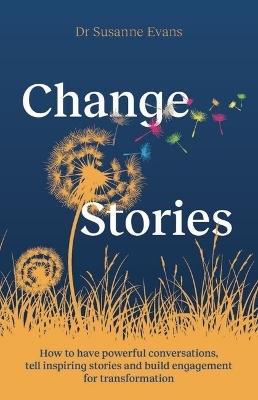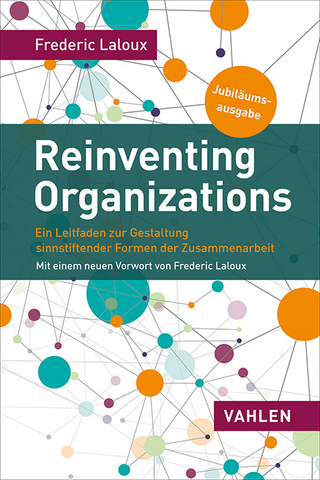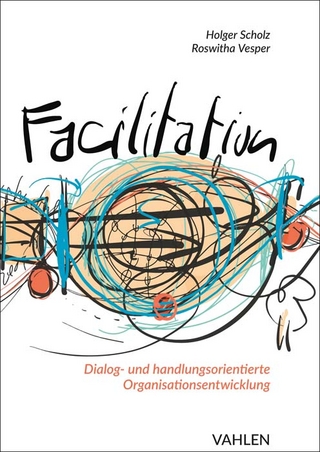
ChangeStories
Practical Inspiration Publishing (Verlag)
978-1-78860-534-2 (ISBN)
‘A crucial tool for all Change Leaders.’ – Ket Patel
Organization change can be messy. Much of what matters takes place under the surface, and overlooking these hidden factors - as most change programmes do - too often results in failure and frustration. What’s the answer? More thoughtful conversation, inquiry and storytelling, which enable leaders to understand more fully what is happening under the surface in their organization and have better communication and engagement with their teams.
Based on her academic research and over 25 years of consultancy practice, Dr Susanne Evans’ ChangeStories approach enables leaders and change practitioners to have more meaningful conversations about change, create stories that can reduce resistance to change and increase engagement, and ultimately ensure the benefits of a change programme are realized.
This is a complete guide to building storytelling, inquiry and conversation into your everyday practice, including step-by-step guides, templates and case studies.
Dr Susanne Evans is an organization change consultant, researcher and podcaster on a mission to transform transformation. Based on her 25 years in consulting and her PhD research, she developed the ChangeStoriesTM methodology, enabling her clients to ask questions, create compelling stories, and unleash powerful conversations to drive change.
Cover Page
Praise for ChangeStories
Title Page
Copyright Page
Dedication
Contents
Foreword
Acknowledgements
Introduction
Part I: Change can be difficult but it doesn’t have to be
Chapter 1: The history (and reality) of change management in organizations
Chapter 2: Leading change differently using stories
Part II: The ChangeStories® ARIAS Model
Chapter 3: Attention
Chapter 4: Reflection
Chapter 5: Inquiry
Chapter 6: Appreciation
Chapter 7: Storytelling
Part III: Building your change story
Chapter 8: Story finding
Chapter 9: Story making
Chapter 10: Story performing
Chapter 11: Story honing
Chapter 12: Concluding this story and taking action
About the author
Endnotes
Index
| Erscheinungsdatum | 15.10.2024 |
|---|---|
| Vorwort | Dr. Angus Fletcher |
| Zusatzinfo | 5 Diagrams |
| Verlagsort | Tadley |
| Sprache | englisch |
| Maße | 140 x 216 mm |
| Themenwelt | Wirtschaft ► Betriebswirtschaft / Management ► Planung / Organisation |
| Wirtschaft ► Betriebswirtschaft / Management ► Unternehmensführung / Management | |
| ISBN-10 | 1-78860-534-9 / 1788605349 |
| ISBN-13 | 978-1-78860-534-2 / 9781788605342 |
| Zustand | Neuware |
| Haben Sie eine Frage zum Produkt? |
aus dem Bereich


